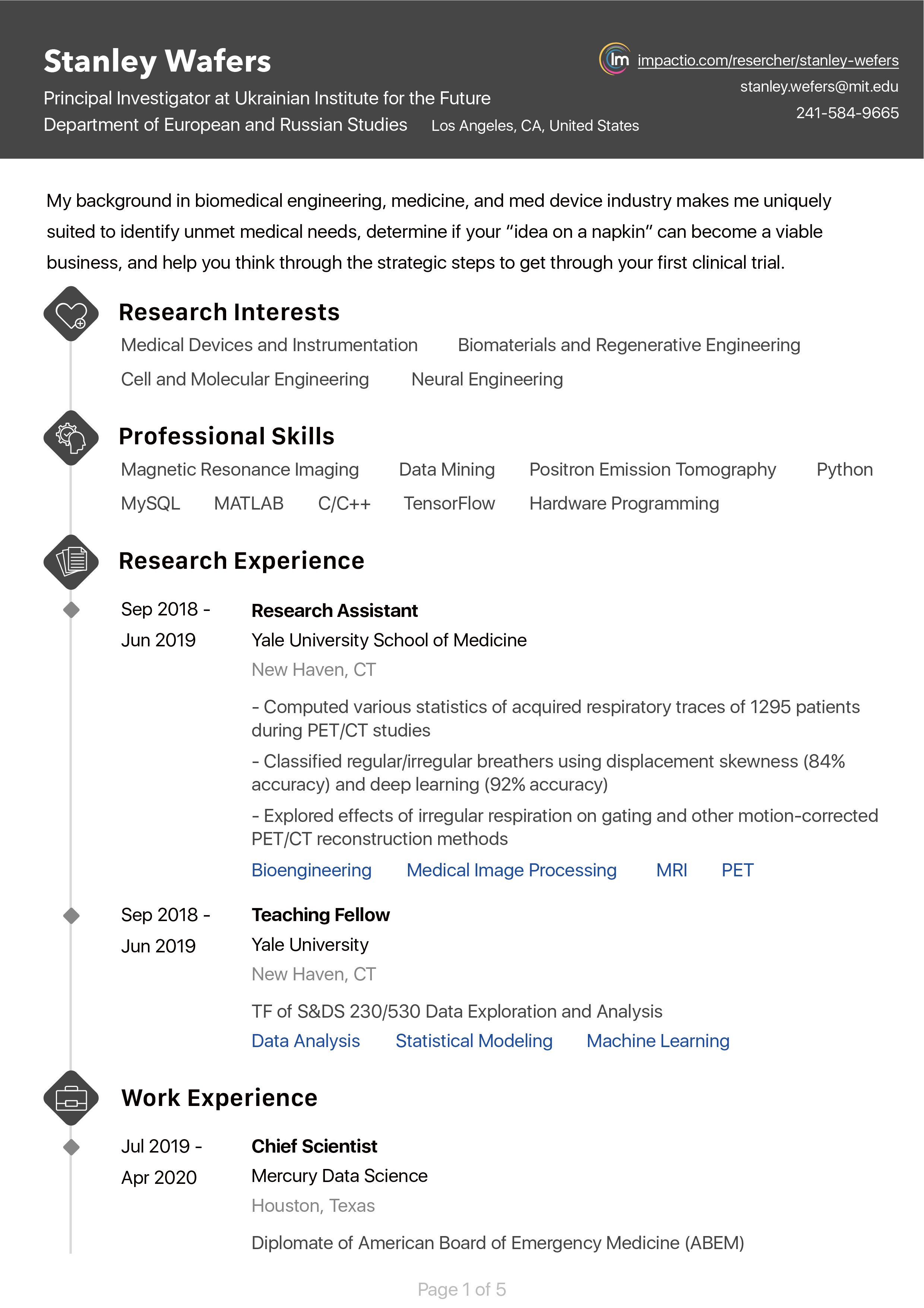About
ECMWF Principal-scientist and Team-leader for Coupled Processes in the Earth System Modelling
Climate Change
Energy
Applied Statistics
Environment
Hydrology
Climate Variability
Remote Sensing
Spatial Analysis
Turbulence Modeling
Soil
Principal Scientist
European Center For Medium Range Weather Forecasts
January 2006 - Present
Principal Scientist
European Center For Medium Range Weather Forecasts
January 2006 - March 2020
Shinfield, United Kingdom
Researcher
Environment Canada
January 2004 - December 2005
Canada
Land data assimilation and satellite remote sensing, microwave radiative transfer modelling
Researcher
Meteo France
September 2000 - December 2003
France
Land data assimilation for the regional and global modelling systems
Team-leader, Principal scientist
European Centre for Medium-range Weather Forecasts
January 2006
Scientist responsible for the land surface model development 2006-2009.
Senior scientist on modelling land-atmosphere physical aspects 2009-2016.
Team-leader and principal scientist on coupled processes Earth system modelling 2016-

Paul Sabatier University - Toulouse III
Sep 2000 - Apr 2003
Meteorology

Università degli Studi di Torino
Sep 1994 - Jan 1999
Physics

University of Reading
Sep 1996 - Jul 1997
Meteorology
Highly cited Researchers 2021 - Web of Science
Clarivate
|
Nov 2021
Highly Cited Researchers 2020 - Web of Science
Clarivate
|
Nov 2020
ECLand
Land-atmosphere interactions and climate extremes (vEGU21 CL4.17)
Abstract: Land–atmosphere interactions often play a decisive role in shaping climate extremes. As climate change continues to exacerbate the occurrence of extreme events, a key challenge is to unravel how land states regulate the occurrence of droughts, heatwaves, intense precipitation and other extreme events. This session focuses on how natural and managed land surface conditions (e.g., soil moisture, soil temperature, vegetation state, surface albedo, snow or frozen soil) interact with other components of the climate system – via water, heat and carbon exchanges – and how these interactions affect the state and evolution of the atmospheric boundary layer. Moreover, emphasis is placed on the role of these interactions in alleviating or aggravating the occurrence and impacts of extreme events. We welcome studies using field measurements, remote sensing observations, theory and modelling to analyse this interplay under past, present and/or future climates and at scales ranging from local to global but with emphasis on larger scales.
Land-atmosphere interactions and climate extremes (EGU CL4.21)
Land–atmosphere interactions often play a decisive role in shaping climate extremes. As climate change continues to exacerbate the occurrence of extreme events, a key challenge is to unravel how land states regulate the occurrence of droughts, heatwaves, intense precipitation and other extreme events. This session focuses on how natural and managed land surface conditions (e.g., soil moisture, soil temperature, vegetation state, surface albedo, snow or frozen soil) interact with other components of the climate system – via water, heat and carbon exchanges – and how these interactions affect the state and evolution of the atmospheric boundary layer. Moreover, emphasis is placed on the role of these interactions in alleviating or aggravating the occurrence and impacts of extreme events. We welcome studies using field measurements, remote sensing observations, theory and modelling to analyse this interplay under past, present and/or future climates and at scales ranging from local to global but with emphasis on larger scales.
CHE - CO2 Human Emissions
CHE is a Coordination and Support Action project, funded by the European Commission, bringing together expertise of 22 European partners and a consolidated approach to build a prototype anthropogenic CO2 emission monitoring support capacity in response to the Paris Climate Agreement.
https://www.che-project.eu/
CONTROL
Processes occurring at the land surface impact weather and climate variability. We propose that constraining land-atmosphere exchanges using Earth Observations (EO) will enhance current weather forecasts skill of near-surface fields, such as temperature, and improve the realism of present day climate models leading the way to increase climate change projections reliability.
The project will focus on three main components: (i) development of key processes in a land surface model (ii) data assimilation of EO data to constrain model parameters, and (iii) weather forecasts and climate simulations.
Our departure point is the European Centre for Medium-Range Weather Forecasts (ECMWF); the EC-EARTH climate model will be used to develop and test the hypothesis presented. This will be achieved via a complementary team with expertise in modelling and EO data, providing a new insight on the use of EO data to constrain land-atmosphere exchanges.
climatology
SUBLIME: Single-column Urban Boundary Layer Inter-comparison Model Experiment
In this project we will evaluate meteorological single column models for the urban environment coupled to the atmospheric boundary layer against observations, and we try to understand strengths and weaknesses of the individual models. Final modeling recipe will be released autumn 2017, and new participants are highly welcome!
ISSI-BJ-HTP - Himalaya-Tibetan-Plateau
ISSI-Beijing International Team on Himalaya-Tibetan Plateau, working on Cryosphere-Coupled-Processes and Data-Assimilation with special focus on Snow reanalyses over the HTP region and Monsoons prediction. Supported by the International Space Science Institute funding scheme for Space and Earth Sciences at the ISSI-Beijing. Earth Sciences using Space data domain. Team led by Yvan Orsolini (Norway) and Gianpaolo Balsamo (UK). More information at
https://software.ecmwf.int/wiki/display/~pad/ISSI-Beijing+International+Team+on+Himalaya-Tibetan+Plateau
EartH2Observe
Earth Observations in support to retrospective global water resources estimates, and aim to produce a global water reanalysis a high spatial resolution. EartH2Observe is EU-funded FP7 project. http://www.earth2observe.eu
ImagineS
Satellite remote sensing advances and data-model fusion in support to Copernicus Global Monitoring Core Services. ImagineS is EU-funded FP7 project. http://fp7-imagines.eu
WCRP Grand Challenge on Near Term Climate Prediction
• Research and new knowledge
• Standards, verification methods and guidance for near term predictions
• WMO recognition for operational decadal predictions
• A real-time Global Decadal Climate Outlook
FP7 EC Project eartH2Observe
http://www.earth2observe.eu
ImagineS
Satellite remote sensing advances and data-model fusion in support to Copernicus Global Monitoring Core Services. ImagineS is EU-funded FP7 project. http://fp7-imagines.eu
Realted Researchers









